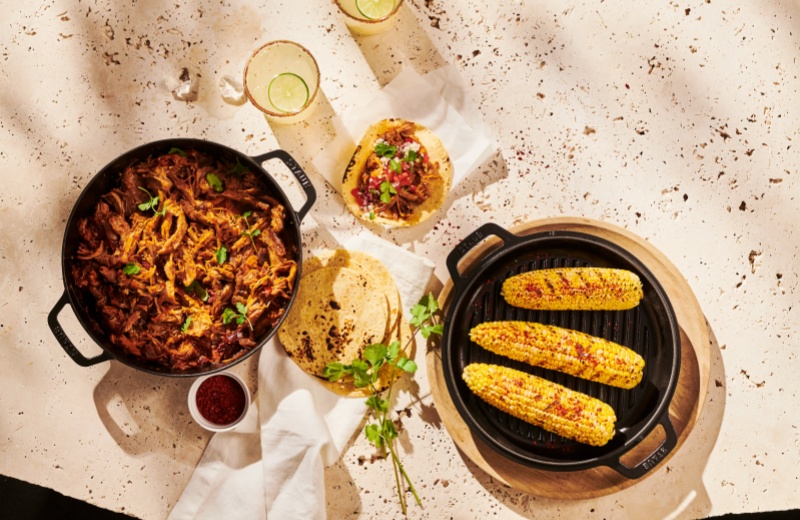One of the primary benefits of nose-to-tail cooking is its contribution to sustainability. In an age where food waste is a growing concern, using all parts of an animal can significantly reduce the environmental impact of meat consumption. Traditional cuts such as steaks and chops often receive the most attention, while lesser-known parts like offal, bones, and trimmings are frequently overlooked. By embracing these often-ignored ingredients, cooks can help minimize waste and promote a more ethical approach to eating.
Incorporating nose-to-tail practices into your cooking can lead to delicious and innovative dishes. For example, organ meats such as liver, heart, and kidneys are not only nutritious but also packed with flavor. They can be transformed into pâtés, terrines, or savory pies, providing a rich and satisfying experience for diners. Additionally, using bones to make stock or broth can enhance the flavor of soups and sauces, adding depth and complexity to your meals.

Exploring different cuts of meat can also lead to exciting culinary discoveries. Cuts like beef shank, pork belly, or lamb neck may require longer cooking times or specific techniques to bring out their best qualities, but the results are often rewarding. Slow-cooking these tougher cuts can yield tender, flavorful dishes that highlight the unique characteristics of each part of the animal. This approach encourages cooks to experiment with various cooking methods, from braising to smoking, unlocking new flavors and textures.
Nose-to-tail cooking also fosters a deeper connection between the cook and the food. Understanding the entire animal and how different parts can be utilized encourages a greater appreciation for the ingredients. This awareness can lead to more mindful cooking and eating practices, promoting a sense of responsibility toward food choices. By learning about the various cuts and their uses, cooks can develop their skills and expand their culinary repertoire.

For those new to nose-to-tail cooking, starting with small steps can make the transition easier. Begin by incorporating offal or less common cuts into your meals. Visit local butcher shops or farmers’ markets to explore the available options and seek advice on preparation techniques. Many butchers are eager to share their knowledge and can provide valuable insights into how to best utilize each part of the animal.
Nose-to-tail cooking is not just a trend but a meaningful approach to food that celebrates the entire animal. By embracing this philosophy, cooks can create delicious dishes while contributing to a more sustainable food system. This practice encourages creativity and innovation in the kitchen, allowing for a diverse and flavorful culinary experience that honors the ingredients and the animals from which they come.



